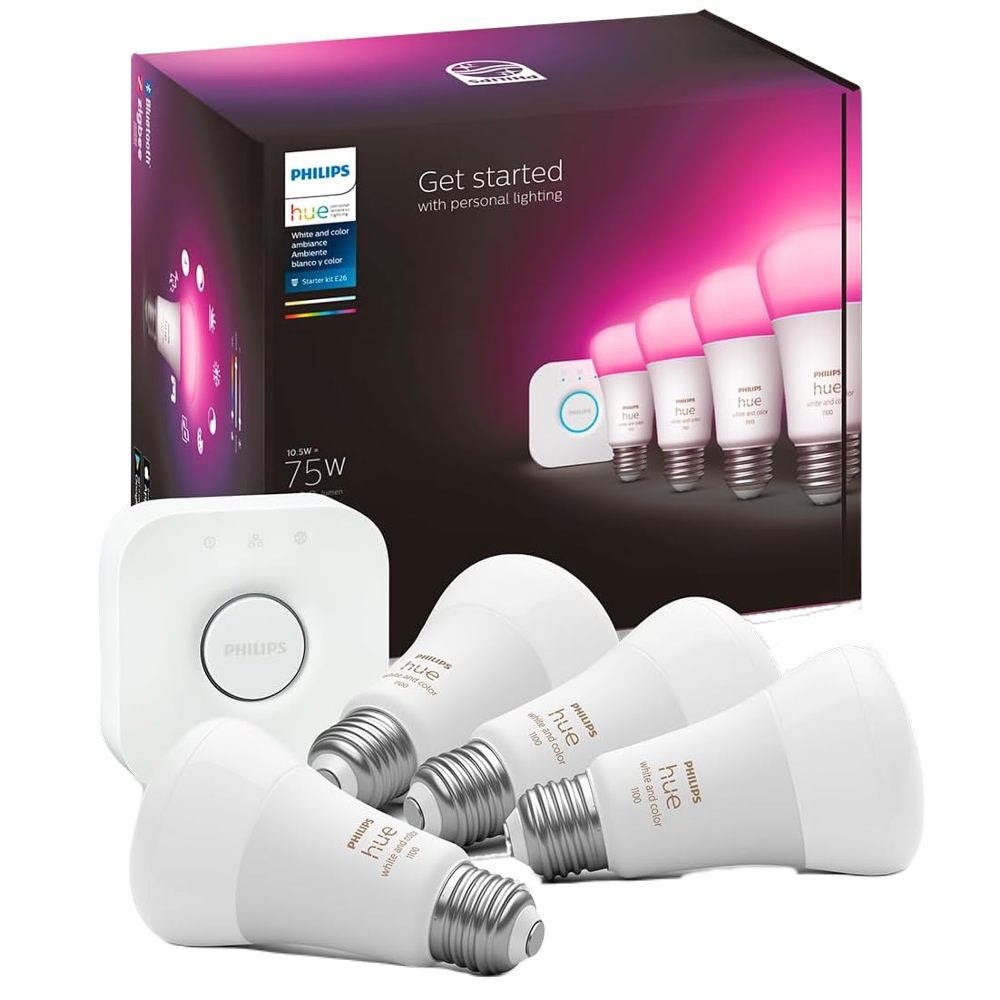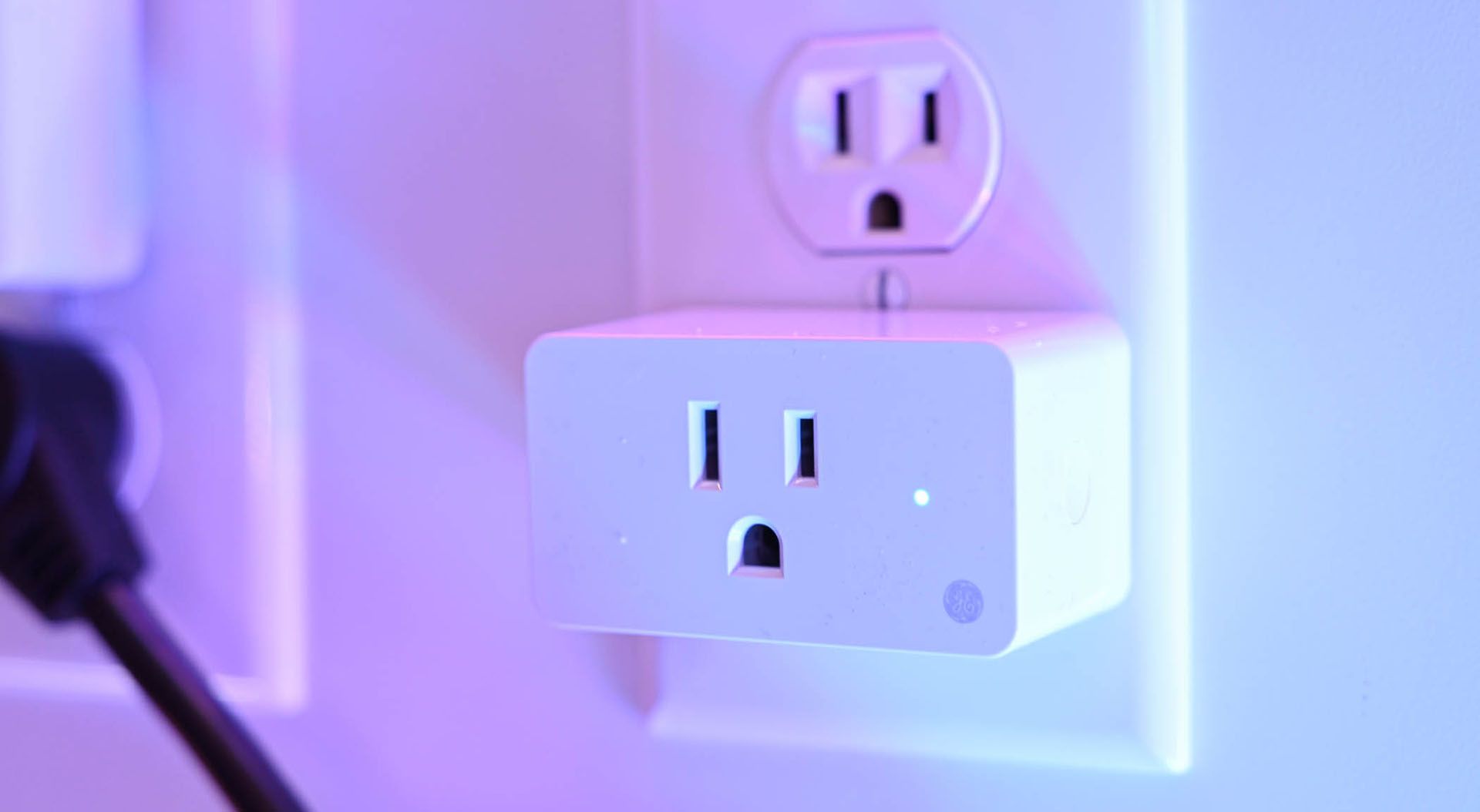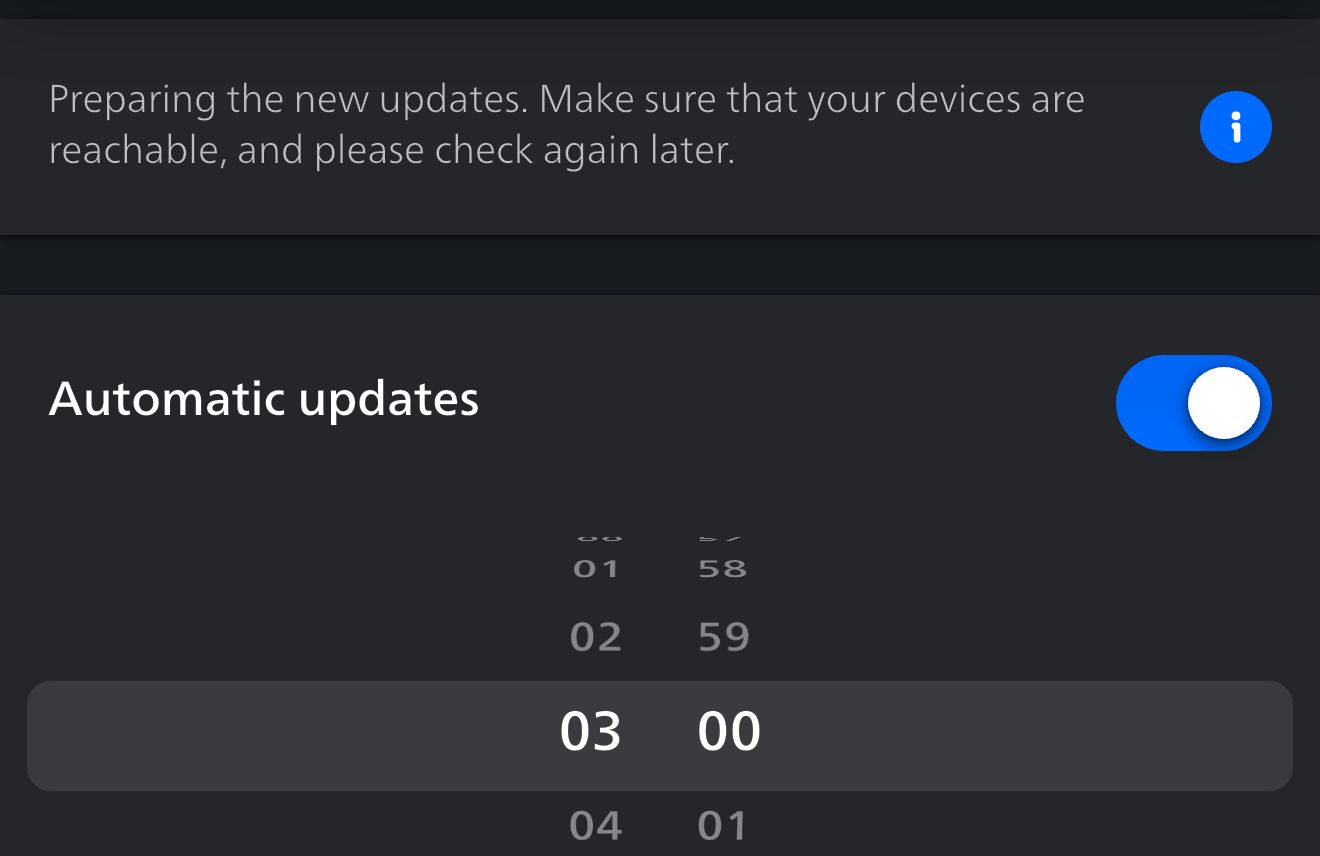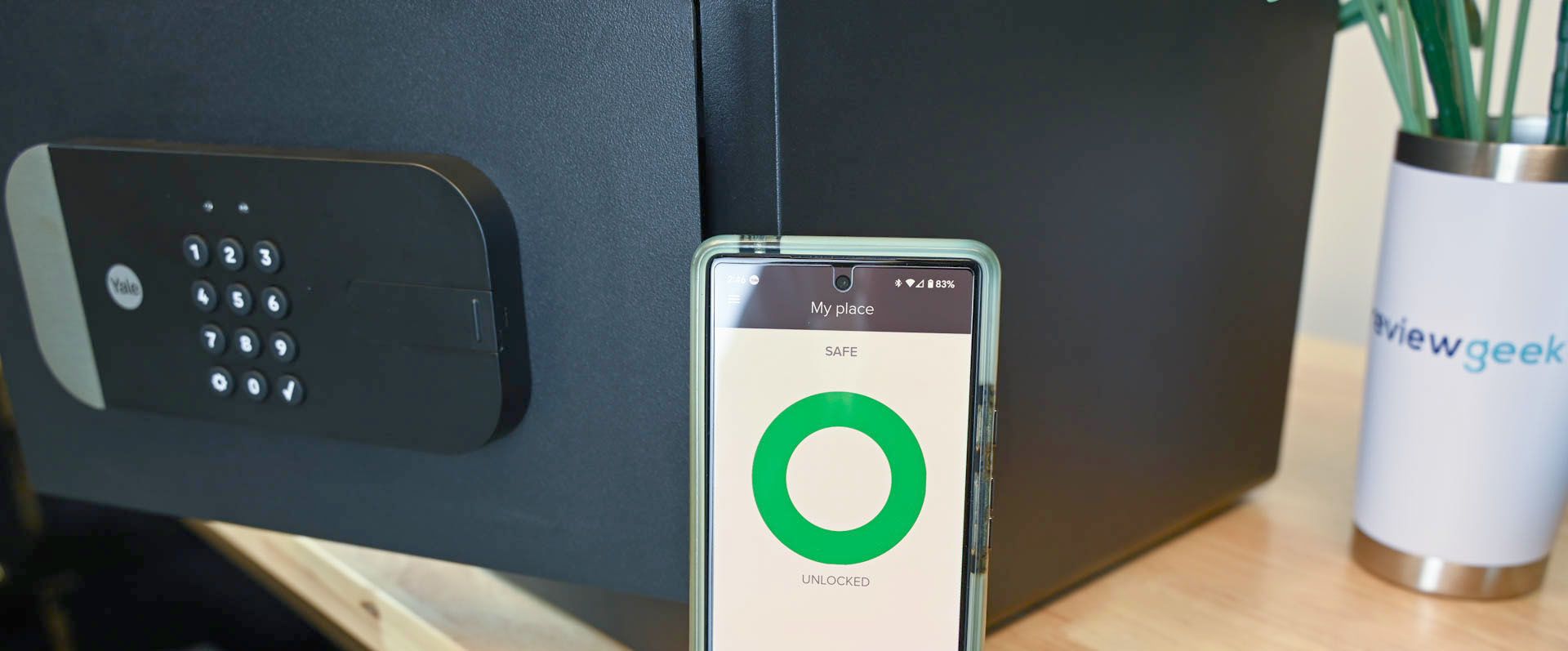Smart homes offer many benefits, but they also raise concerns about the harm a hacker could do if they gained control of your devices. Fortunately, there are some relatively simple steps you can take to significantly harden your security.
1
Secure Your Router
Your internet router is the gateway to everything on your network, from your smartphones and PCs to your smart home devices. The first step in any home security review is always to secure your router.
Update Your Firmware
Step one is to check for firmware updates, and to ensure these are set to automatically update where possible. Security researchers regularly discover vulnerabilities in routers, requiring manufacturers to patch them, so you want to ensure yours is always running the very latest version of its operating system.
The good news here is that most routers supplied by internet service providers are already configured to update automatically, but it’s always advisable to check. You’ll find firmware update settings in your router’s web interface. If yours can’t be set to update automatically, then you’ll want to manually update it. All the other settings covered in this section will be found in the web interface.
Enable WPA3 Encryption
Routers usually support different encryption standards, and some older ones have vulnerabilities that can allow them to be compromised. You should ensure yours is using WPA3 if supported.
Disable WPS
Some routers offer a feature known as WPS, or Wi-Fi Protected Setup. This is a quick-and-easy way of connecting a new device to your router, and usually involves pressing a WPS button to effectively put the router into pairing mode, similar to Bluetooth. Compatible devices will then recognize the pairing signal and automatically configure themselves.
That sounds great, but the feature can also be remotely activated by hackers using brute-force attacks, so it’s strongly recommended to disable this in your router settings.
Set a Strong Wi-Fi Password
Finally, make sure that you use a strong, unique password for your router. You can either use the XKCD approach of four unrelated words, or follow the usual advice regarding a mix of upper- and lower-case letters, numbers, and special characters.
2
Secure Your Phone and Other Control Devices
Your smartphones, and any other devices you use to control your smart home, are a potential weak spot for any smart home, especially as they often permit devices to be controlled remotely. That means anyone who gets access to your unlocked phone could gain complete control of your home.
The key steps here are to never leave your phone unattended in a public place, always use a strong passcode or password, and to switch on biometrics—fingerprint or facial recognition.
Finally, switch on any secondary security features where available. On iPhones, for example, switch on two-factor authentication for your Apple ID, and ensure that Find My is active so that you can remotely disable the phone if it’s lost or stolen.
3
Secure Unused Devices
Unused devices are a particular risk, because you may not even realize they are missing. If you have any old smartphones or tablets sitting around in a drawer somewhere, it’s a good idea to factory reset them by following our instructions for Apple or Android devices.
Similarly, if you have any smart home devices you no longer use but which are still connected to your network, it’s best to disconnect them to remove unnecessary risks.
4
Review Your Smart Home Products
Security standards for smart home products vary tremendously, depending on their age and brand. No-name brands are a particular risk, as they have no reputation to defend, and there’s usually no way to verify their security standards. But even some well-known brands have experienced security issues, especially when it comes to smart doorbells and security cameras.
The best practice here is to choose devices which comply with modern smart home security standards, like HomeKit or Matter. These protocols use encrypted communication and mutual authentication, meaning that both the device sending and receiving devices will verify that the other has been certified compliant before they will talk to each other. This prevents an attacker using a computer to impersonate either a controller or smart home device.
Of course, if you were an early adopter of smart home tech and invested heavily many years ago, it may not be financially viable to replace all your older and less secure devices. If this applies to you, read on.
5
Update All Firmware
As with routers, you always want to ensure you keep device firmware up to date. This is usually done through the manufacturer’s companion app. For example, the Hue app updates Philips Hue devices, the Eve app updates Eve Energy products, and so on. There’s generally an option in the app to enable automatic firmware updates, and you should always switch this on where offered.
If a manufacturer continues to regularly update the firmware of older devices, it’s a good sign that they take security seriously. Conversely, if you’ve owned a device forever and have seen no updates available for it years later, that would point to a manufacturer that has abandoned it. If you can’t afford to replace all older devices, it makes sense to prioritize those that have been abandoned.
6
Review and Update Your Apps
Companion apps should also be kept up to date, even if you never use them. For example, I control all my Philips Hue bulbs through Apple’s Home app, and have automatic firmware updates enabled in the Hue app, so I almost never need to open the companion app. But because I rely on it for those firmware updates, I ensure I keep the app updated too.

Philips Hue Starter Kit
$162 $200 Save
$38
Again, you can usually switch on automatic updates for smartphone apps, and it’s worth doing this. If both apps and firmware are set to update automatically, then it’s something you never need to think about again.
7
Protect and Educate Household Members
Finally, it’s no use hardening your network and ensuring your own devices are secure if you have other household members who are careless with theirs. It’s important that everyone in the home takes the same precautions with their smartphones as you do with yours. Especially if you have family members or roommates who aren’t tech-savvy, it’s worth sitting down with them to explain the importance of device security and help them protect theirs.
Protecting the security of your smart home network isn’t as exciting as buying a shiny new device, but the consequences of failing to do it could be significant. Most of the steps described are quick and simple, so it’s worth setting aside a little time to ensure all the security boxes are ticked.








